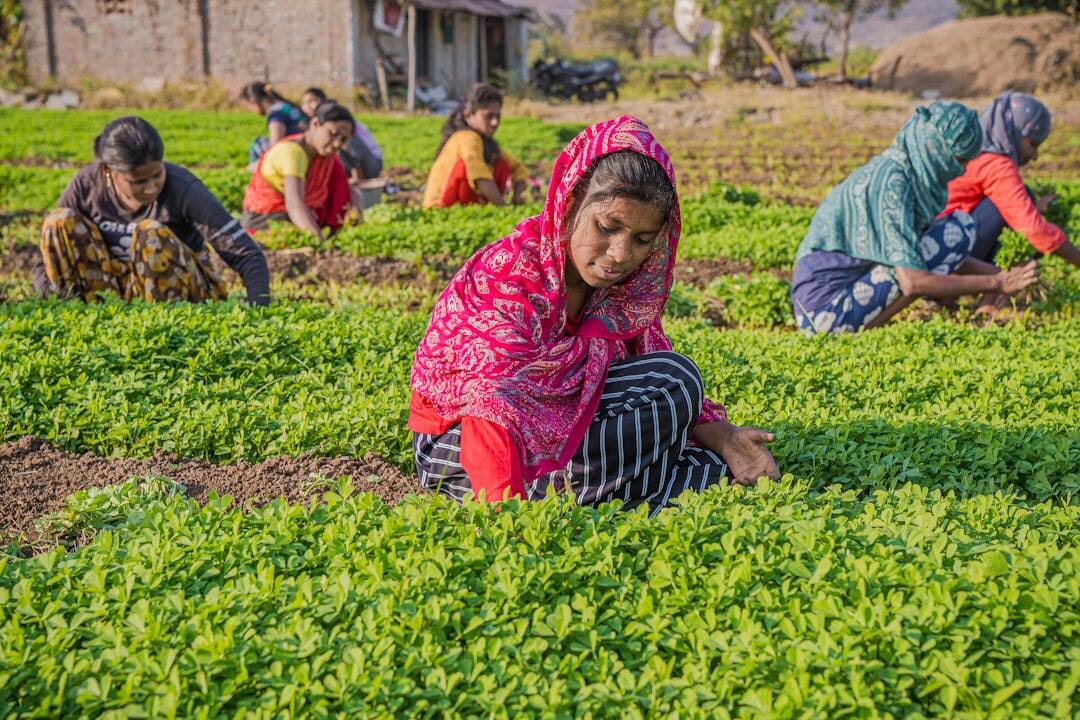What you probably already know: Ecofeminism sits at the crossroads of environmental degradation and gender inequality. The movement, which emerged in the 1970s, is rooted in the idea that capitalist patriarchal systems simultaneously marginalize women and exploit nature in a perpetual cycle of injustice and destruction. The original ecofeminism movement largely faded by the late 1990s under criticism of being essentialist, in that it oversimplified the relationship between women and nature and reinforced harmful gender norms instead of challenging them. But the last few years have revived ecofeminism, attracting contemporary advocates who believe in the interconnectedness of environmental issues and social justice.
Why? Through research and the impacts of climate change, more people are recognizing that environmental issues are deeply linked to human equity. Studies have shown that women and other marginalized communities are disproportionately affected by crises like resource scarcity, climate change, and pollution. A 2025 UN Spotlight brief highlighted increased levels of violence against 1 billion women and girls as climate change exacerbates social and economic issues. The brief cited one study that found up to a 28% increase in femicide during heatwaves. In Africa, the climate crisis has led to agricultural losses that perpetuate gender-based violence. Families grappling with failing farmland in the Sahel region often resort to giving away their daughters or taking them out of school. In 2020, the Sahel was home to over 20 million child brides, according to UNICEF. An article recently published by Inside Climate News shares the story of the Kichwa women of Sarayaku, Ecuador, who experienced surges in alcohol abuse, violence, and prostitution as corporations drilled and mined their ancestral lands in the Amazon. Facing deteriorating health and heavier workloads as forests and waterways were degraded, these women formed a coalition in 2012 that advocated for Indigenous land rights. The Covid-19 pandemic and Black Lives Matter protests are also regarded as influential factors in the reemergence of ecofeminism.
What it means: Today, women remain disproportionately vulnerable to the social, economic, and cultural impacts of climate change. Overall, 24.3 million more women live in extreme poverty compared to men, according to UN Women. Women are estimated to produce 50-80% of the food grown globally, but they own less than 20% of the land. These inequities and vulnerabilities, in part, position women as uniquely effective agents in mitigating the impacts of climate-related disasters through lived experience and generational knowledge. Ecofeminism offers a framework for understanding this intersection and advocating for change. It asks people to consider a world in which women and nature are treated with respect, and how communities might work toward a future that values sustainability and cooperation.
What happens next: In its modern form, ecofeminism has evolved to encompass a variety of approaches, including challenging Western colonialism, centering Indigenous wisdom, and prioritizing economic growth. The movement now looks through a lens that has widened beyond gender. If you’re interested in learning more, check out ecofeminist coalitions and networks such as Women Engage for a Common Future, Reclaim, and The Green Belt Movement.


